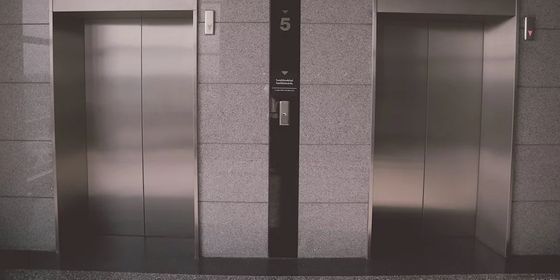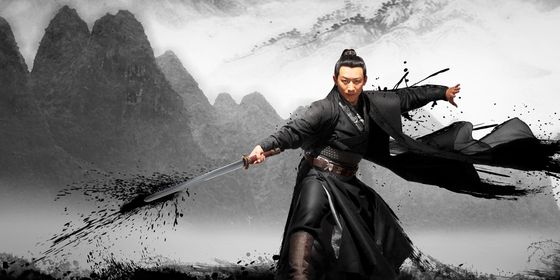Kung fu is more than trading punches: Two experts discuss “wushu ethics” and how martial arts are represented on film
Kung fu is more than just an exchange of fists. The guiding aspiration for practitioners, 尚武崇德 (Shàngwǔ chóngdé, honor the spirit and moral value of martial arts), emphasizes the value of achieving harmony and order through practice, not only externally but internally.
The two classifications of Chinese martial arts, or wushu (武术 Wǔshù), are known as the external (外家 Wài jiā) and the internal style (内家 Nèi jiā). They are distinguished by the movements and elements that each focuses on. Baguazhang (八卦掌 Bāguà zhǎng), which involves circular movement and the development of qi (气 qì ), is more broadly grouped as the internal style, while Shaolin kung fu (少林拳; Shàolín quán) is well known as an external style with its emphasis on power and speed.
However, it’s vital that wushu practitioners don’t focus on technique alone. There’s an old saying in the discipline: 未曾学艺先学礼,未曾习武先习德 (Wèicéng xuéyì xiān xuélǐ, wèicéng xíwǔ xiān xídé), which translates to: “Learn ethics before learning the art; comprehend the morals before comprehending the skills.”

In this episode, The World of Chinese invites kung fu master Zhao Jilong to explain the contrast between the external and internal styles, and tell stories 切磋 (qiēcuō, exchanging experience) of trading punches with foreigners. TWOC also invites model and actress Zhu Wenxi, who has had roles in Hollywood hits such as The Terminal and Collateral, to discuss her experiences trying to learn martial arts in Hollywood and the limitations she faced. Combining their expertise, the two share their views on wushu morality, or 武德 (Wǔdé), within Chinese culture, and how to capture the essentials of wushu on film.

TWOC TV EP. 16 – Part 1
TWOC TV EP. 16 – Part 2












